Jangchung Jokbal (장충족발)
8.5Km 2024-10-15
31, Noryangjin-ro 16-gil, Dongjak-gu, Seoul
+82-2-816-9824
Jokbal (pig’s feet) is a representative food loved by Koreans. The best menu at this restaurant is braised pigs' feet. This Korean dishes restaurant is located in Dongjak-gu, Seoul.
PANE PASTA - Jongno Branch (빠네파스타 종로)
8.5Km 2021-03-19
11, Jahamun-ro, 7-gil, Jongno-gu, Seoul
+82-2-777-6556
A specialty restaurant serving pizza and pasta dishes baked in an authentic Italian wood-fired oven. The representative menu is margherita pizza. This Western cuisine is located near Gyeongbokgung (Government Complex-Seoul) Station, Seoul.
Seoul Sajik Park (사직공원(서울))
8.6Km 2021-11-12
89, Sajik-ro, Jongno-gu, Seoul
+82-2-2148-4149
Sajik Park is one of the three most popular parks in Jongno-gu along with Tapgol Park and Samcheong Park. Located west of the Government Complex-Seoul on the southeastern foothills of Inwangsan Mountain, the park measures an impressive 188,710 m².
The name of the park dates back to 1395 when Taejo Yi Sung-gye made Sajik Altar (altar to the State deities) at the center of the park. "Sa" refers to the deity of the earth while "jik" refers to the deity of the five grains. Rites wishing for a good harvest were held regularly at Sajik Altar.
In the park are several playgrounds, statues of Sin Saimdang, Hwanghakjeong, and Yulkog Yi I, and the Municipal Children's Library. Dangun Shrine and Jongno Library are situated nearby. By following the path next to Sajik Park for approximately 5 minutes, travelers can reach the Inwangsan hiking path with relative ease.
Bali Tourist Hotel (발리관광호텔)
8.6Km 2020-04-21
210, Pungseong-ro, Gangdong-gu, Seoul
+82-2-488-5911
Formerly known as LA Tourist Hotel, Bali Tourist Hotel is equipped with 50 rooms and the only tourist hotel in Gangdong-gu. Guests at the hotel may take advantage of the hotel's proximity to tourist sites and Dunchon Traditional Market.
Obaltan - Songpa Branch (오발탄 송파)
8.6Km 2021-03-29
206, Wiryeseong-daero, Songpa-gu, Seoul
+82-2-404-0090
This is a house where you can eat charcoal-grilled Daechang (roasted intestine meat). This Korean dishes restaurant is located in Songpa-gu, Seoul. The representative menu is grilled beef large intestine.
Doseong (도성)
8.6Km 2021-03-26
15, Jahamun-ro 7-gil, Jongno-gu, Seoul
+82-2-738-8885
Sujebi jjambbong (Korean spicy seafood noodle soup with hand-pulled dough) is also a popular menu. This restaurant's signature menu is noodles in black bean sauce. This Korean dishes restaurant is located in Jongno-gu, Seoul.
Gyeongbokgung Palace Special Evening Admission (경복궁 야간 특별관람)
8.6Km 2022-03-24
161, Sajik-ro, Jongno-gu, Seoul
• 1330 Travel Hotline: +82-2-1330 (Korean, English, Japanese, Chinese) • For more info: +82-2-3700-3900~1
The special evening admission to Gyeongbokgung Palace takes place for a limited time every year. Visitors can purchase tickets for this special evening program online.
Olive Young - Munjeong Station Branch [Tax Refund Shop] (올리브영 문정역)
8.6Km 2024-04-18
Bldg. G #127, and #128, 167, Songpa-daero, Songpa-gu, Seoul
-
Olive Young - Jongam Branch [Tax Refund Shop] (올리브영 종암)
8.6Km 2024-04-17
123, Jongam-ro, Seongbuk-gu, Seoul
-
Kansong Art Museum (간송미술관(서울 보화각))
8.6Km 2025-06-30
102-11 Seongbuk-ro, Seongbuk-gu, Seoul
Kansong Art Museum was the first private art museum in Korea, opened as Bohwagak in 1938 by Kansong Jeon Hyeong-pil. The name was changed to the current Kansong Art Museum in 1966. Bohwagak was designated as National Registered Cultural Heritage No. 768 on December 30, 2019. Jeon Hyeong-pil dedicated his life to preserving and researching Korea’s representative relics that were devaluated and purposefully obliterated during the Japanese colonial era, as well as to acknowledging their cultural excellence and beauty. The museum houses 11 national treasures and 24 treasures.
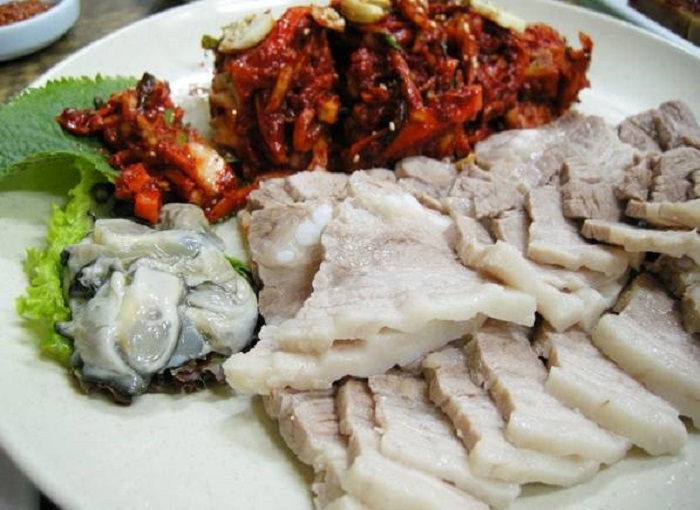
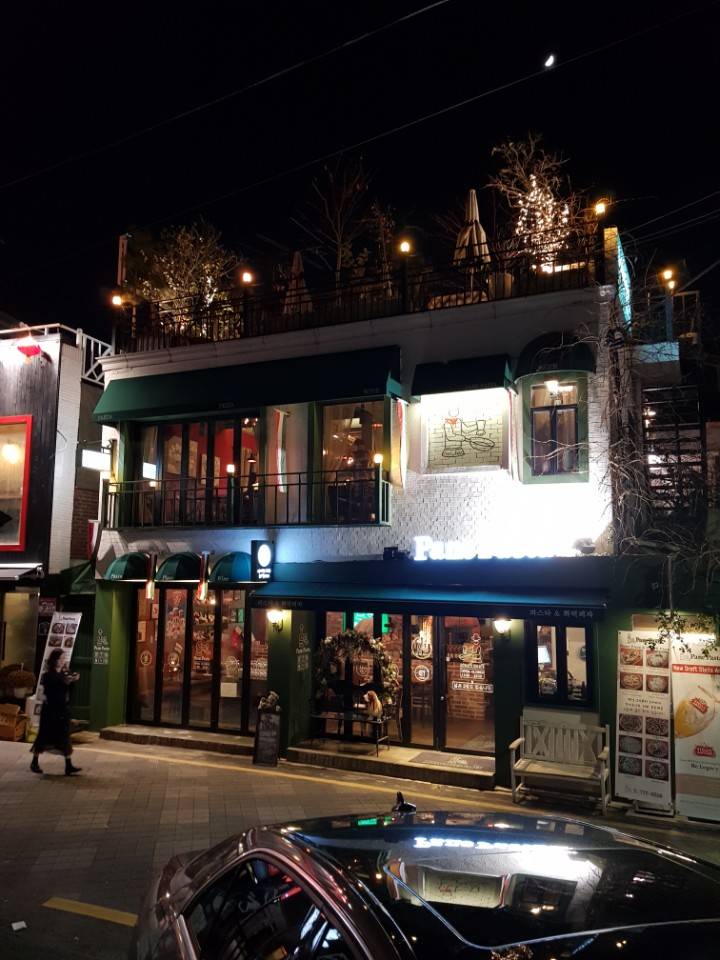
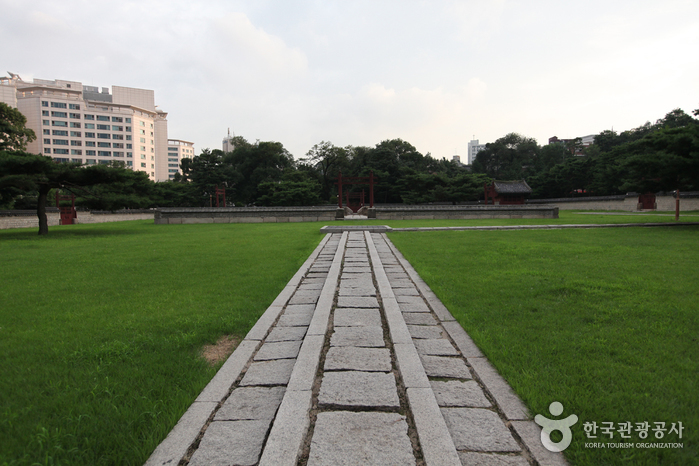

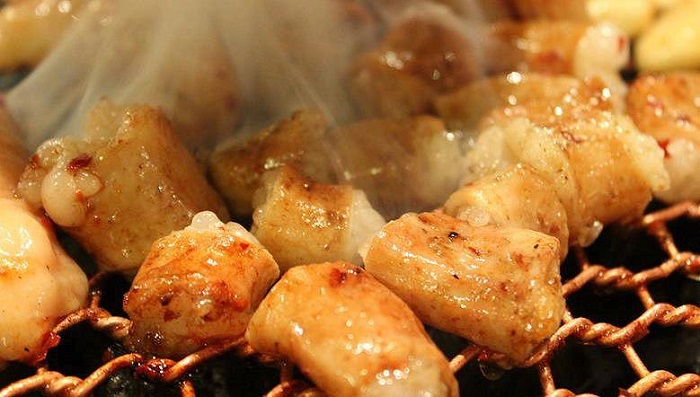
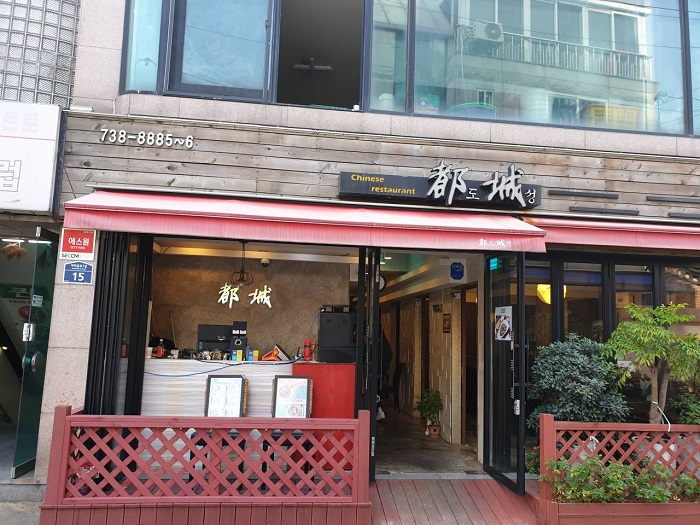
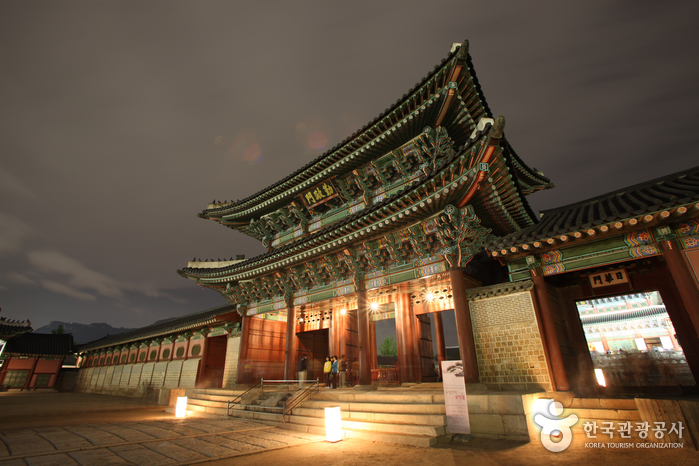
![Olive Young - Munjeong Station Branch [Tax Refund Shop] (올리브영 문정역)](http://tong.visitkorea.or.kr/cms/resource/15/2879515_image2_1.jpg)
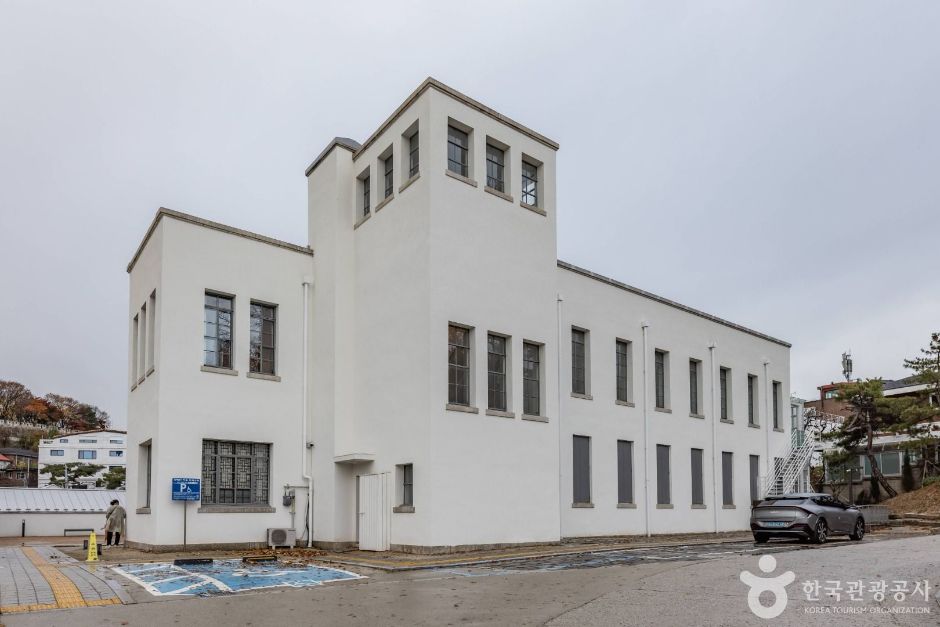
 English
English
 한국어
한국어 日本語
日本語 中文(简体)
中文(简体) Deutsch
Deutsch Français
Français Español
Español Русский
Русский